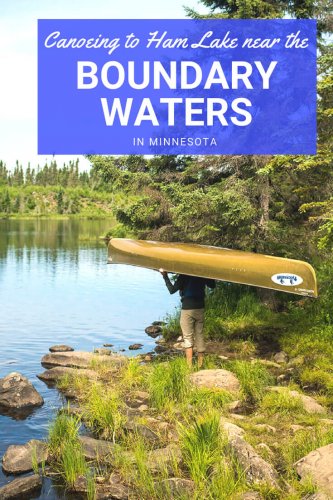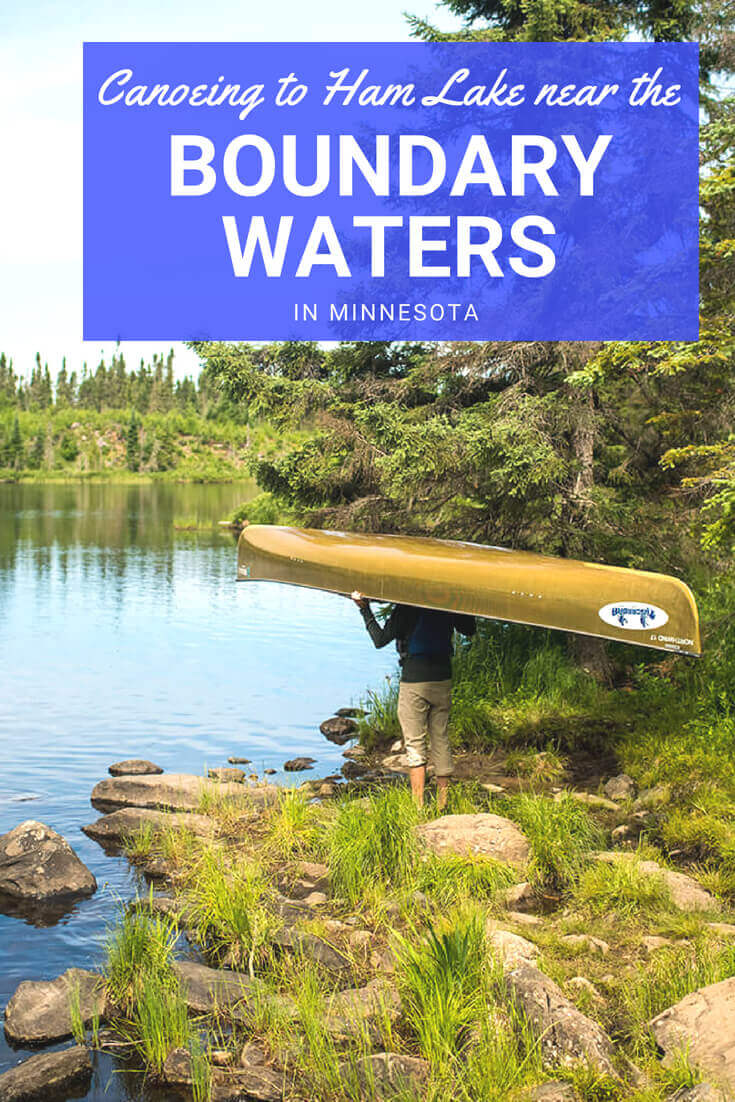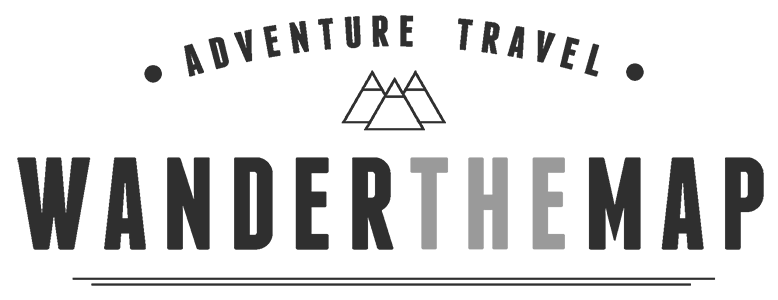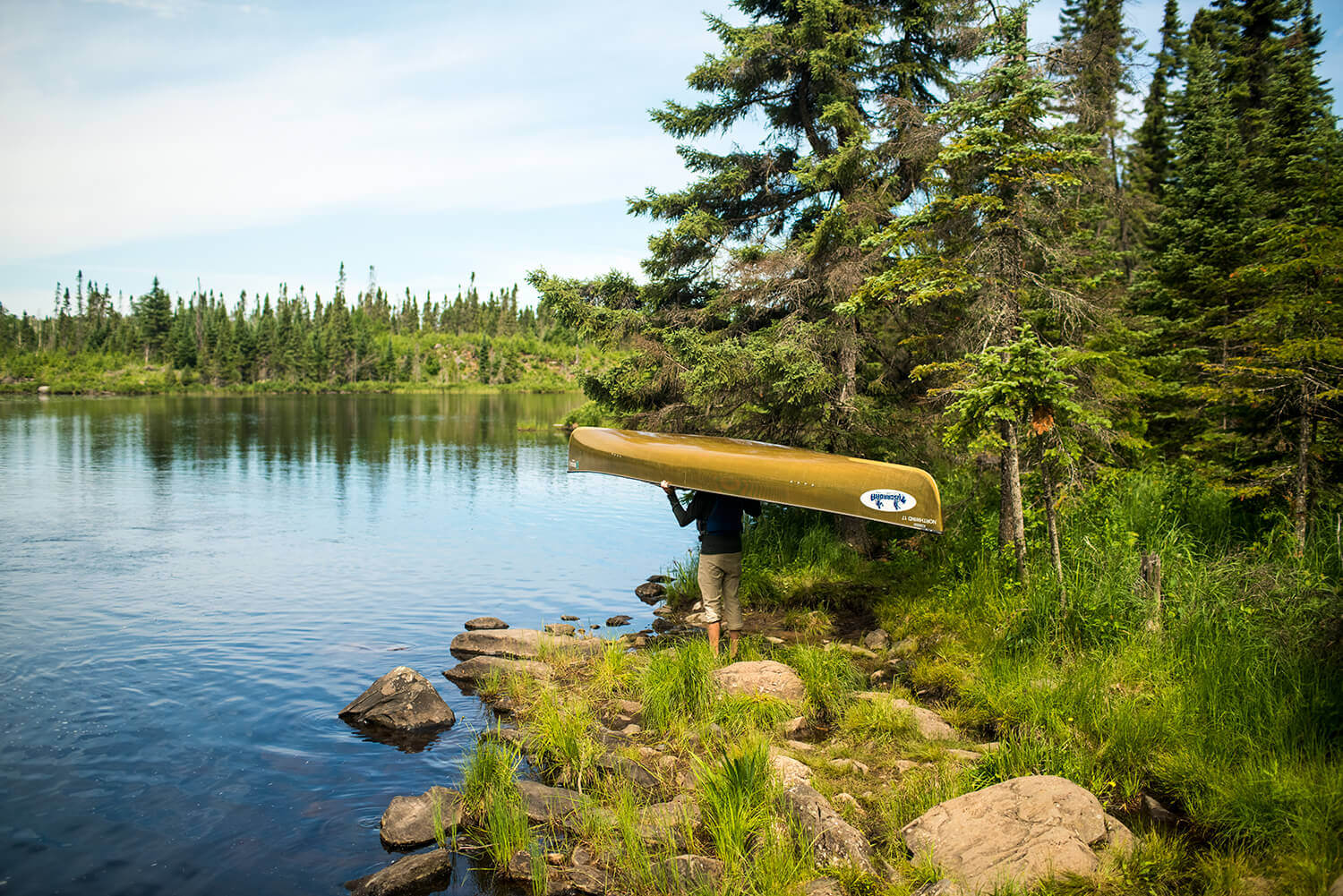
05 Aug Portaging and Paddling: Canoeing to Ham Lake on the Gunflint Trail
Located in the far reaches of northern Minnesota, lies the wilderness of the Gunflint Trail and the Boundary Waters Canoe Area Wilderness (BWCA). This area is dotted with forests, lakes, rivers, wildlife, and beautiful vistas in every direction. One of the most popular adventures in the area is to take a multi-day canoe trip and camp along the shores of the many lakes in the region. We’ve always wanted to take a longer canoe trip in the Boundary Waters, but we just haven’t made it happen yet. Fortunately for us though, our trip to Cook County this summer included a morning of paddling and portaging a canoe through the area. We were set to go canoeing to Ham Lake and couldn’t have been more excited!
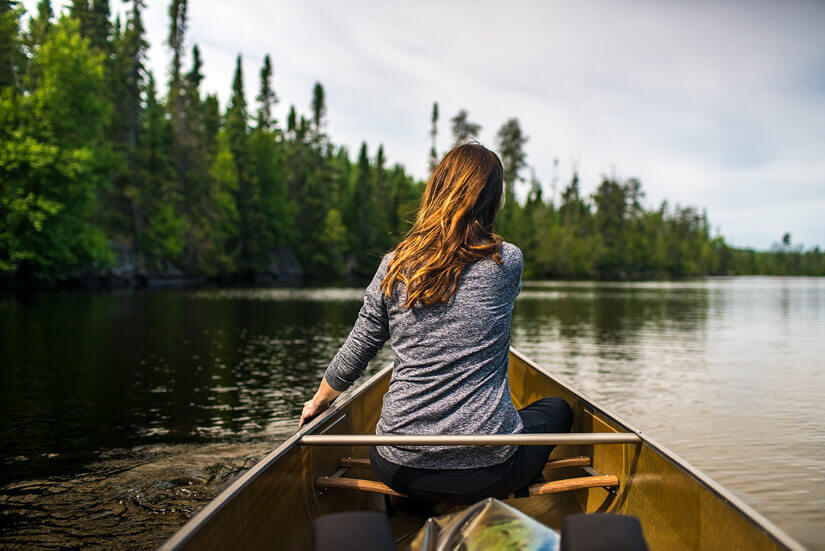
After spending the night at the lovely Loon Lake Lodge, we made our way over to Tuscarora Lodge and Canoe Outfitters to pick up a canoe. We met with the owners, Andy and Ada, and they helped us pick out a route that would allow us to get a feel for canoeing through the BWCA. Since we only had a few short hours to paddle, we didn’t actually make it inside the actual border of the BWCA, but we did make it right to the edge. Instead, we happily paddled through the Gunflint Trail region, and made a vow to come back for a longer camping trip in the near future.
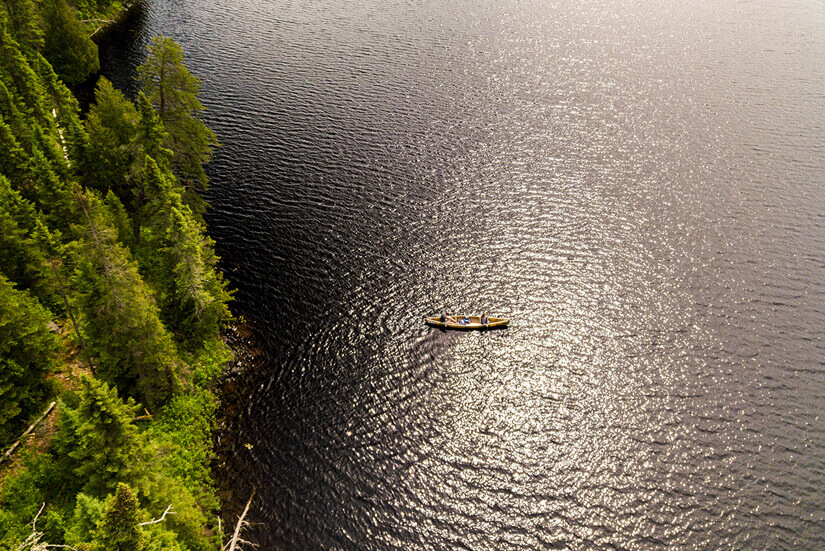
Once we gathered all of our supplies—a canoe, paddles, PFDs, a map, and a dry bag stuffed with our camera equipment, water, and snacks, Andy dropped our canoe off at the entry point. We started our trip at the BWCA entry point #50, Cross Bay Lake. Ham Lake was our final destination for the morning. The lake is located right on the edge of the Boundary Waters, and it is one of the many entry points to the BWCA.
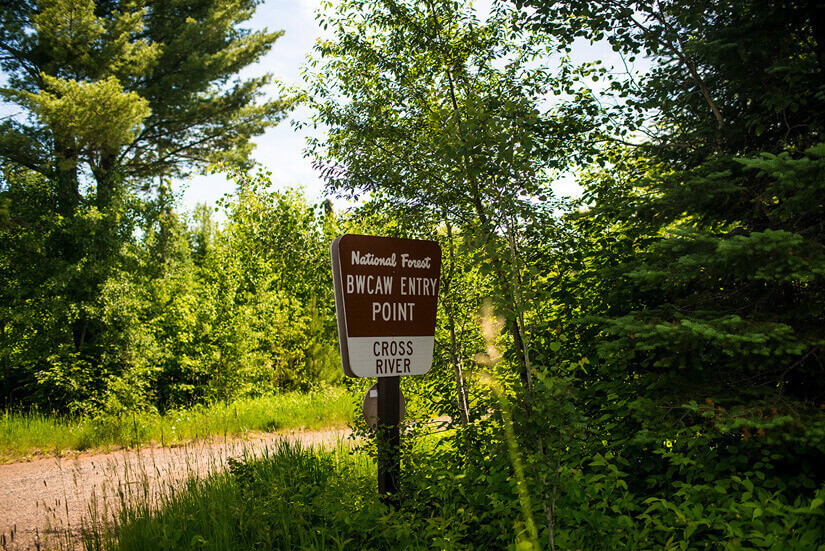
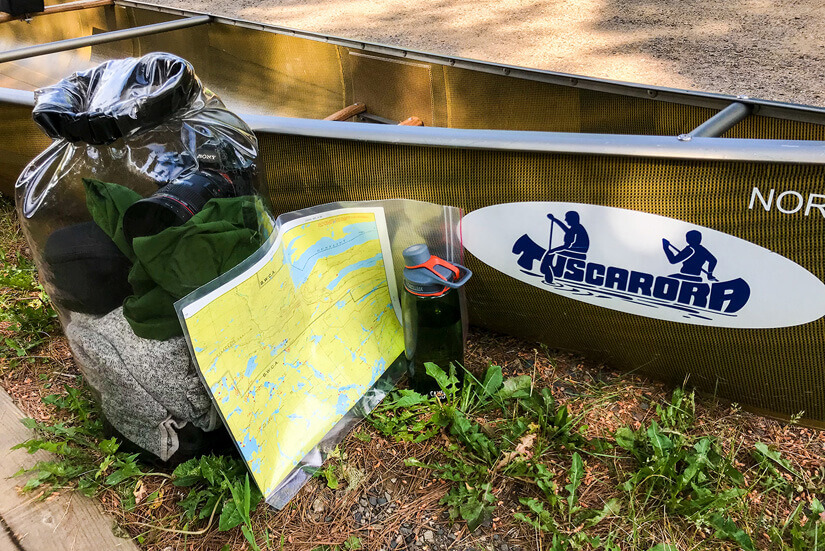
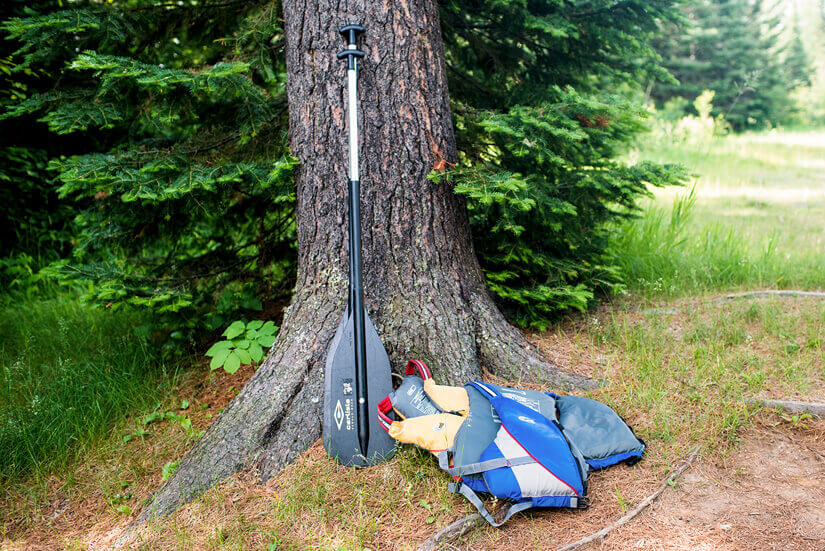
Our plan was to paddle along the Cross River, then portage approximately 66 rods, continue paddling on Cross River, and then portage one more time (30 rods) to Ham Lake. Portaging means carrying your watercraft and supplies from one body of navigable water to another, and the distance is measured in rods. One rod is approximately 16.5 ft., and a portage around 50 rods is considered “easy”.
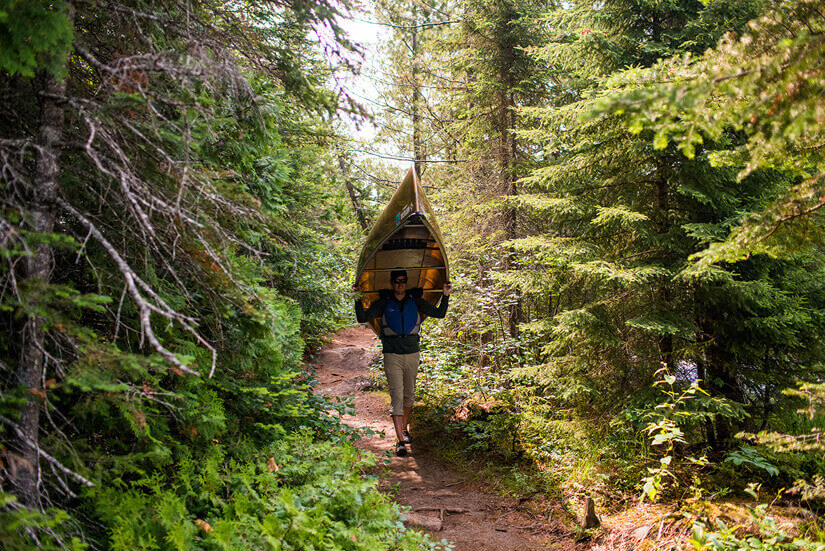
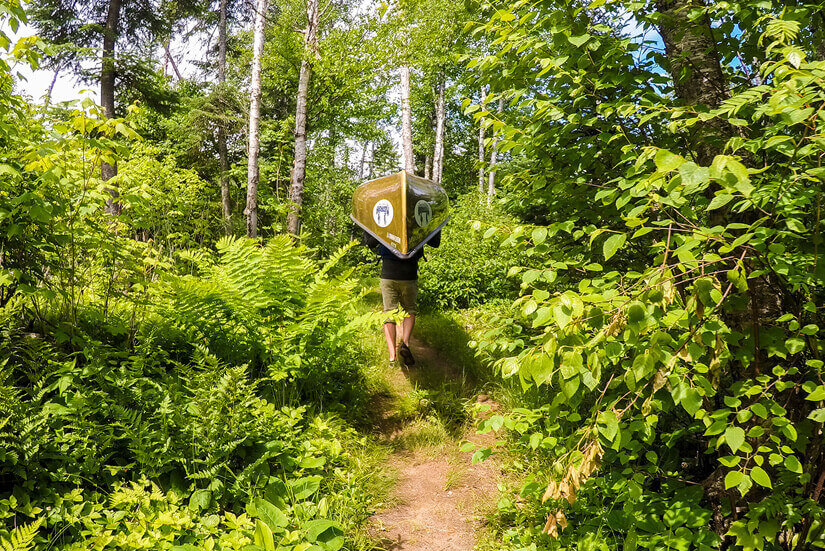
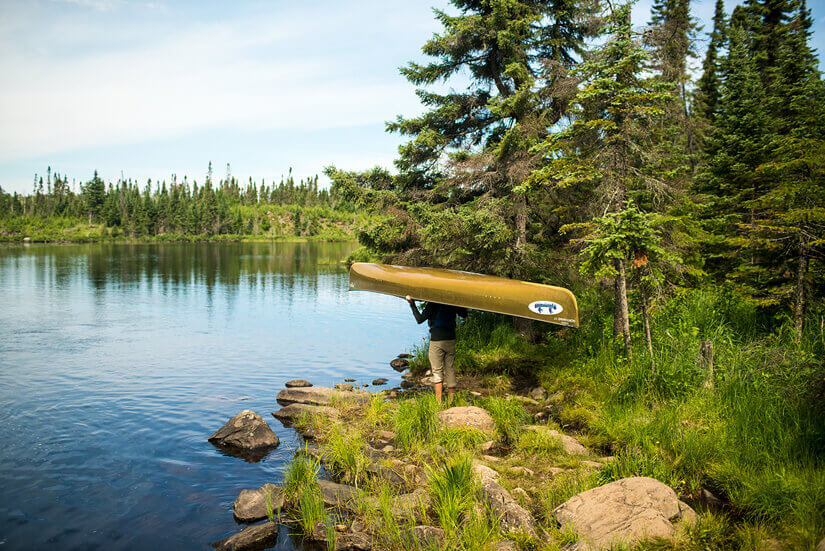
Ham Lake is 119 acres in size and 40 feet deep. It is a modestly sized lake—not large, but not exactly small either. There are four campsites located along its shores, and each one offers picturesque views of the lake.
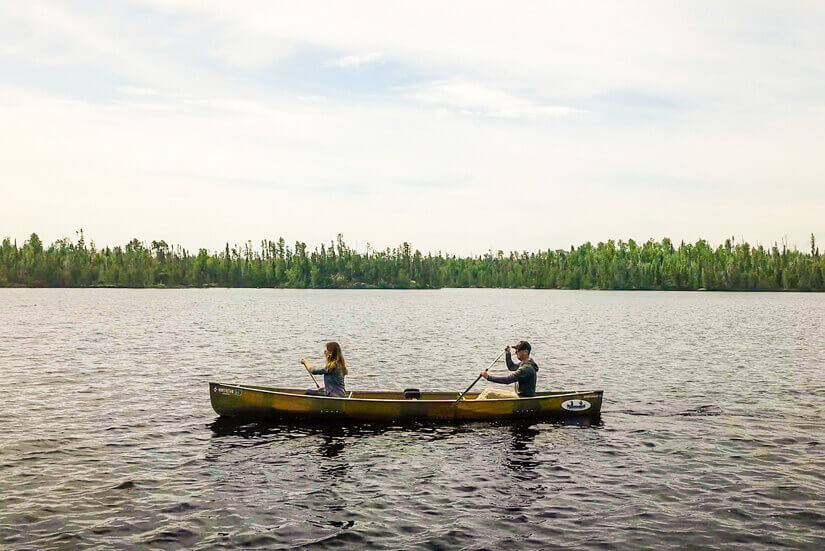
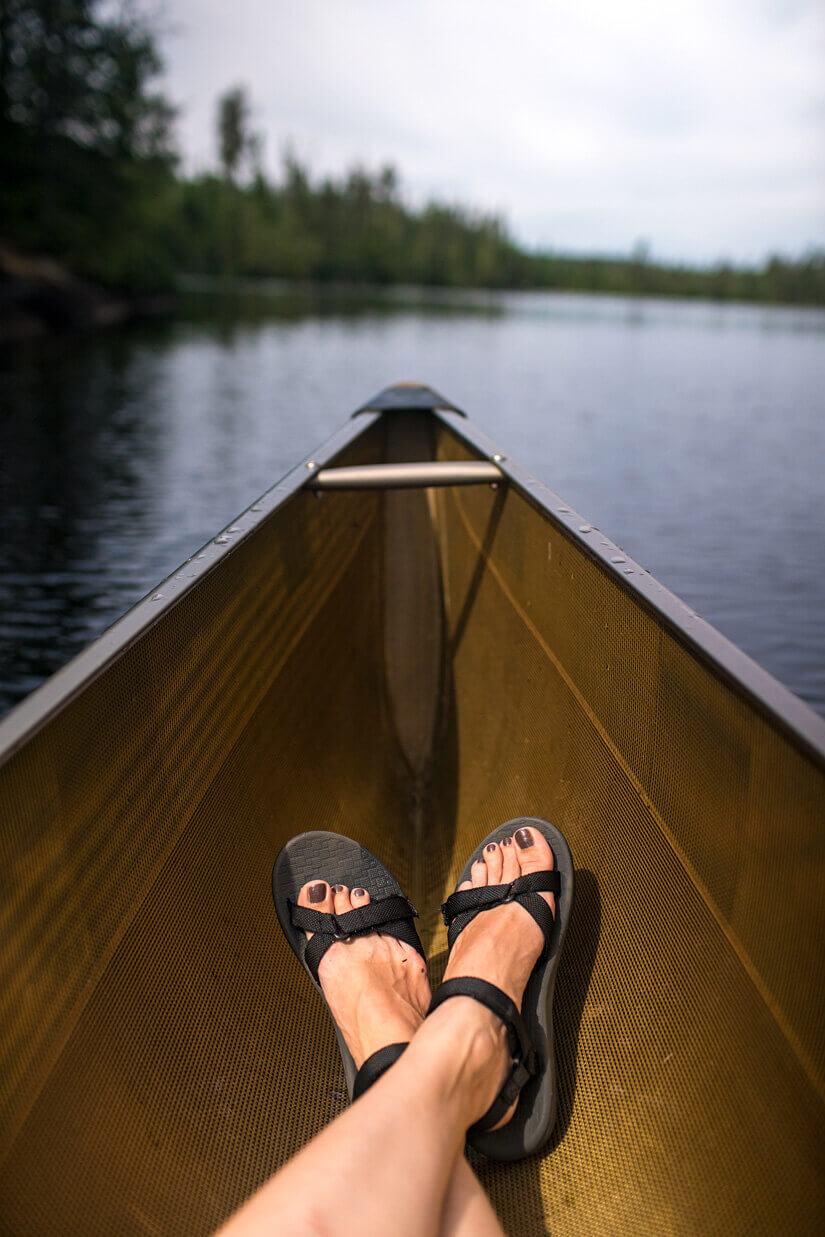
If you want to continue into the Boundary Waters from Ham Lake, you enter via the official entry point #50 on the opposite side of the lake from where we entered. We paddled over to this point, but there was another crew starting their portage when we arrived. Since we were short on time, unfortunately, we didn’t complete the last portage of 24 rods to actually enter the BWCA.
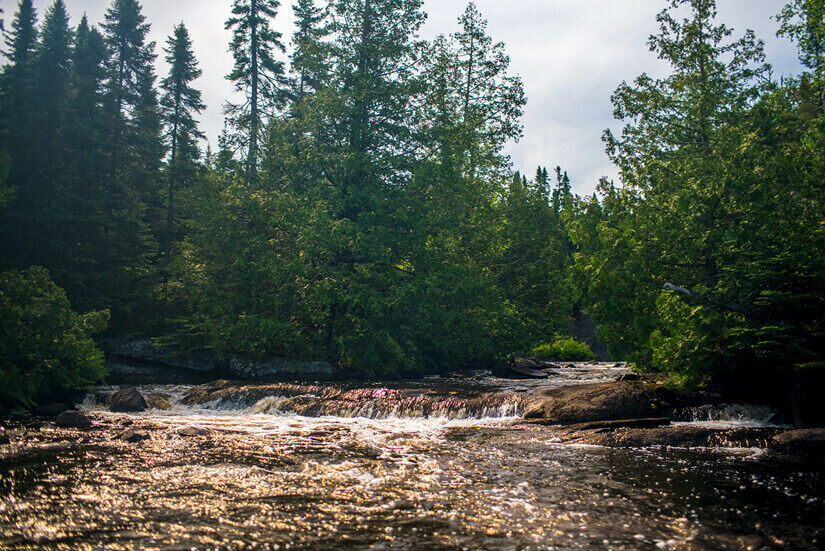
So what is the BWCA, you might be wondering? It is a 1 million acre area in northeastern Minnesota. The region is part of the Superior National Forest and National Wilderness Preservation System and it offers 1,200 miles of canoe routes in addition to routes for kayaking, hiking, dog sledding and cross country skiing. The region is full of a network of lakes that are connected by portage trails, and the area is designed for paddling traffic only as motors are not allowed in the area. There are some bordering lakes, such as Ham Lake where we paddled, that are accessible via motorboats (up to 25 hp). To enter the region, you need a permit. Day permits can be picked up at your BWCA entry point, but overnight permits must be reserved in advance. Only a certain number of permits are issued for each entry point per day, which aids in limiting the amount of traffic in the area. Permits lock in your entry point to the region, the date and your mode of travel. Once you enter the BWCA, how you travel is up to you. You can go far or stay close, and you can stick with one campsite the entire time, or paddle to any number of sites that you wish. There are a strict set of rules that you need to follow in the area (more details can be found here), so please be sure to follow them to keep the area safe, clean, peaceful, and natural. Also, make sure you have enough supplies and a good map, even for a day trip—there is no cell service and you need to be self-sufficient throughout your adventure.
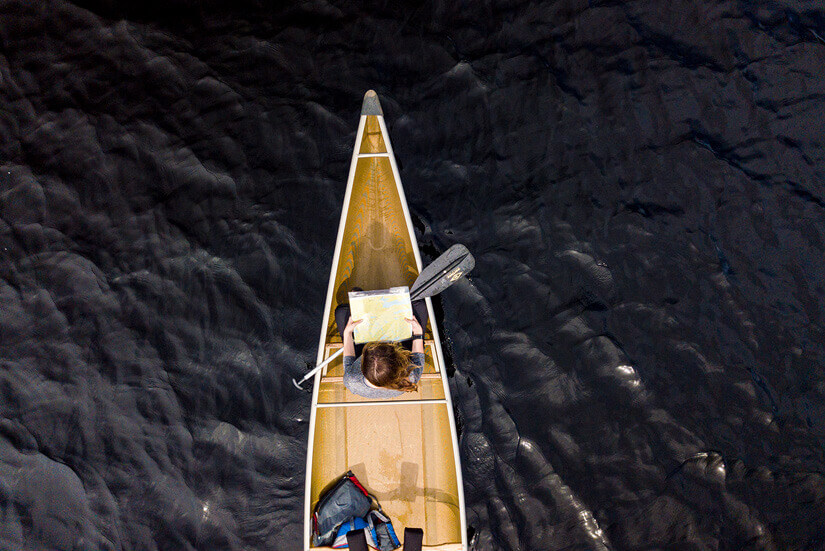
We had so much fun getting a small taste of paddling through the Boundary Waters region. The route we paddled to Ham Lake was a great route for a day trip, and it would also be perfect for a short camping experience. It’s a wonderful, and relatively easy way to get a taste for a longer Boundary Waters canoeing experience. I can’t think of a better way to dip your toes into the BWCA world and see if a longer trip is something that might be of interest to you. Taking a trip to either Ham Lake or the BWCA is a wonderful way to disconnect from the world and reconnect with nature—it’s peaceful, quiet, and an experience like none other!
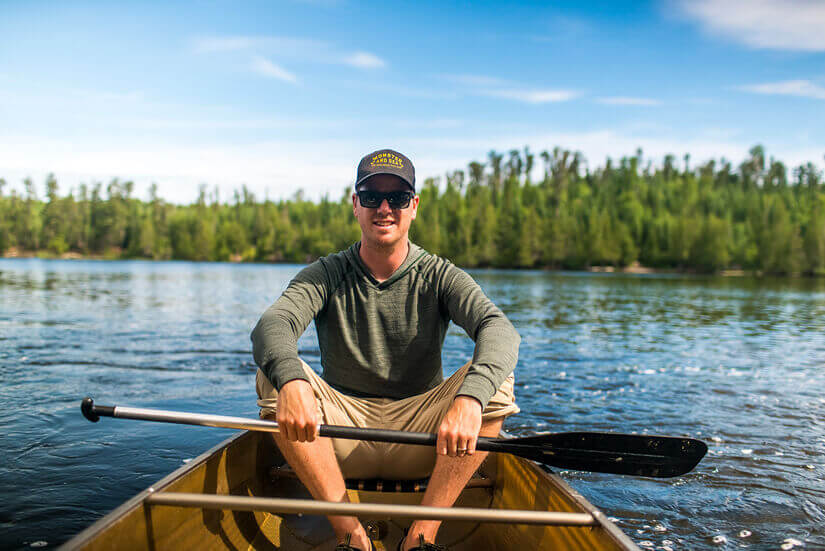
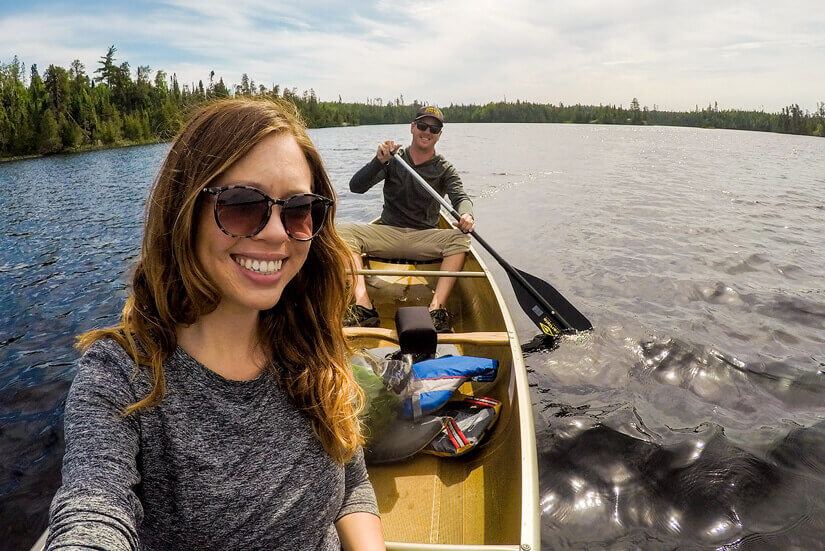
We visited Cook County, as part of a paid content creation project. Special thanks to Visit Cook County and Tuscarora Lodge and Canoe Outfitters for hosting us on this adventure. As always, all opinions are our own.
Pin it!
